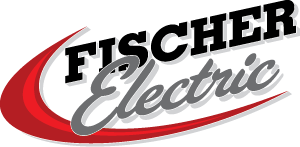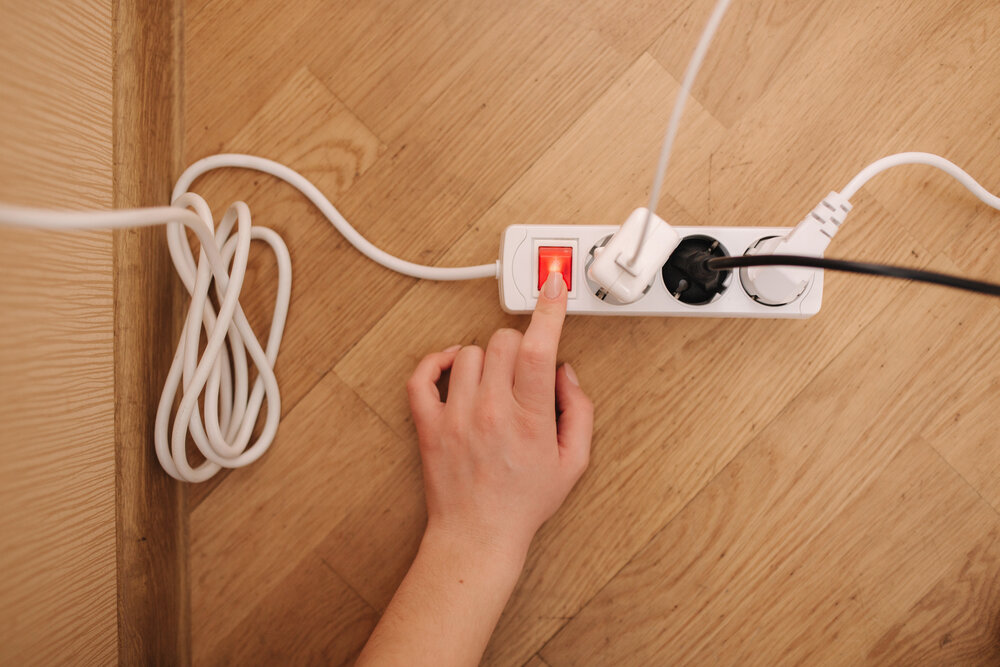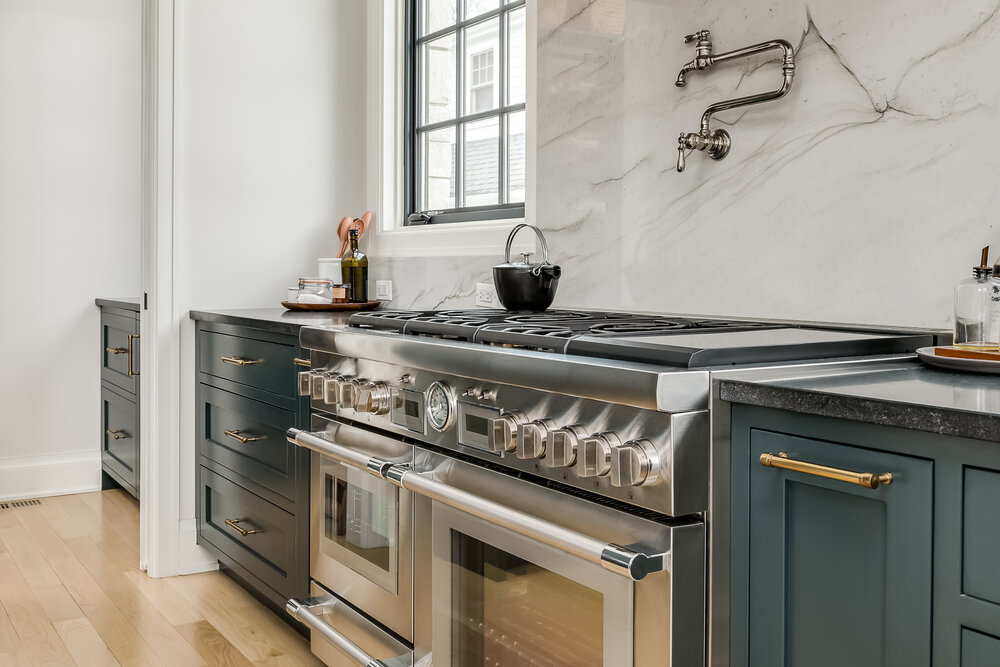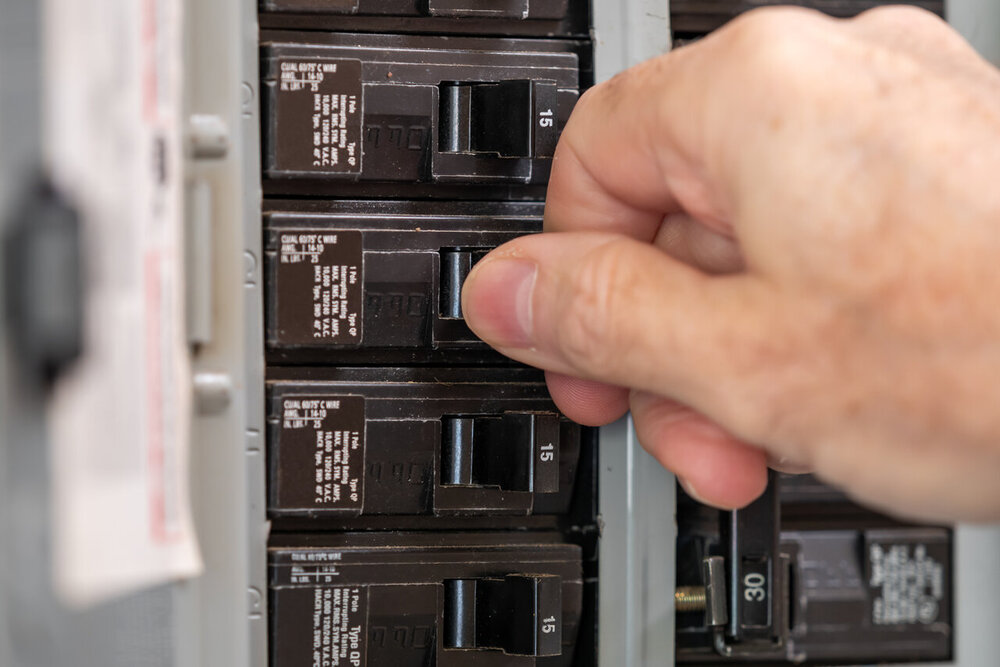7 Tips For Power Strips
There’s no denying that Americans love their electrical devices. In fact, all of likely depend on electricity to maintain our quality of life. This includes the need to provide power to major home appliances, our heating/cooling system, and mobile devices, to name just a few. This burden leads many people to depend on extension cords and power strips to keep everything running or charged.
And yet not everyone understands how to use power strips properly.
Here we take a look at some basic dos and don’ts so you can keep your home as safe as possible.
Do Use Power Strips with Internal Circuit Breakers
Always buy power strips that feature internal circuit breakers. This is an important safety feature that enables the power strip to shut down when there’s a power overload.
Do Use Power Strips as Sparingly as Possible
It’s never a good idea to use power strips for every outlet in your home. In fact, you should use them as sparingly as possible and only when really needed. Plus, you should get in the habit of unplugging your power strip at night and when you leave the house.
Don't Use An Indoor Power Strip Outdoors
Indoor power strips are not designed to be used outdoors where they will be exposed to moisture or changes in the weather. Keep in mind that moisture can damage the power strip and even cause dangerous accidents.
Don't Plug A Power Strip Into Another Power Strip
You might be tempted to plug a power strip into an open slot on a power strip when there isn’t an open wall outlet. Also known as daisy-chaining, this very bad idea creates an overload and increases the potential for a deadly household electrical mishap.
Don't Overload A Power Strip
Many homeowners make the mistake of using every available slot on their power strips. It’s also important to be extremely mindful of the types of devices and household appliances you plug into a power strip. For example, never plug in major appliances such as your refrigerator or dishwasher – doing so is a major fire hazard!
Don't Use A Power Strip that Feels Hot
Be sure to check your power strip for their temperature. If you notice one is hot to the touch, unplug it immediately.
Don't Use A Power Strip that Feels Hot
Bathroom appliances such as hair dryers and curling irons should always be plugged directly into wall outlets. That’s because power strips aren’t designed to handle that much amperage.
The constant flow of electricity in the average home is something most people take for granted, especially when it comes to the convenience of plugging into power strips. Fortunately, this guide to power strip safety will help you avoid common household mistakes that could put your family in danger.
Contact us today to schedule an appointment with one of our home electricity specialists.









